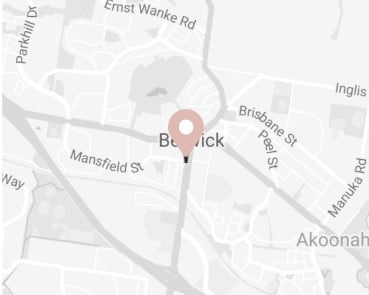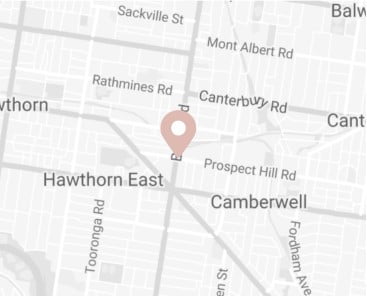Laser hair removal is a highly effective procedure that can permanently prevent hair regrowth in many individuals. It is generally a very safe and straightforward treatment, especially when performed with modern, medical grade laser technology, such as the Candela GentleLASE devices we use at Victorian Cosmetic Dermal Clinics.
However, there are some useful steps you can take to minimise any discomfort felt during and after the treatment, and also to increase the effectiveness of your course of treatment.
Before the Treatment
One month before
Skip the wax – use razors instead
Laser hair removal works by targeting a laser beam onto the hair. The pigment in the hair converts the laser light to heat, which reaches a hot enough temperature to destroy the hair and the follicle which produces it. This means that if there is no hair there to trap the laser, the treatment will be completely ineffective.
You can probably guess what that means – no removal of the hair root should be carried out for one month before treatment starts. That means no waxing, plucking, electrolysis or bleaching. However, you can shave or use depilatory creams as these do not remove the hair from the root.
Stay out of the sun
For the most effective treatment, the skin should be as pale as possible. This is because the pigment in your skin can also convert the laser light to heat. If your skin is tanned, the therapist will need to use a lower intensity laser to prevent your skin from being burnt – and this will make the treatment less effective on your hairs. Use sunscreen daily in the lead up to your treatment and consider booking a course of treatment over winter.
Several days before
Shave the treatment site
Prepare the area for treatment by shaving several days beforehand. The hairs should be visible above the skin but very long hairs can cause additional discomfort during the procedure.
The day before
Prevent cold sores if you suffer from them
If you have a history of herpes simplex 1 or 2 (cold sores), it would be a good idea to start using an antiviral product such as Zovirax® or Famvir® the day before your treatment, as the reactivation of herpes simplex 1 or 2 has been reported after laser treatment. Speak to your GP before using any medication.
On the day
Clean the treatment site
The treatment area should be clean and free from cosmetics, lotions and creams before you begin treatment.
Wear appropriate clothing
Wear loose fitting, comfortable clothing that exposes the area you want treated. The therapist will use a cooling spray on the area, so wear clothing that won’t become easily marked or stained.
After the Treatment
Immediately after the treatment
After your treatment there may be some redness or even swelling. This should calm down after a couple of hours.
You can minimise discomfort by applying topical soothing gel such as Skinstitut’s laser aid which is specifically designed for post laser treatment care. You may also like to use an aloe vera based gel or lotion to soothe and cool the skin. In some cases, a mild pain reliever can be of assistance.
Several days after treatment
After a treatment you can resume your normal daily activities. However you should avoid hot showers, exercising, or anything that’s going to increase or add heat to your body for about 24 to 48 hours It’s a good idea to continue to use a soothing gel, which usually contains aloe vera gel, for the next few days after your treatments to help heal & keep the skin cool. This will also help reduce redness.
After laser hair removal, avoid sun exposure — both natural sunlight and tanning beds. Use a sunscreen SPF 30+ or higher daily.
Prepare for your follow up treatments
Generally you will not achieve permanent hair loss from only one treatment. You will usually need a course of several treatments to completely remove all the hairs from an area. This is because of the way hair growth stages affect the laser hair removal process. If this is not your final treatment, all the above advice about staying out of the sun and avoiding waxing and plucking still applies between treatments.
Contact us for a consultation with one of our experts and learn how we can help you remove your hair safely, easily and permanently.





